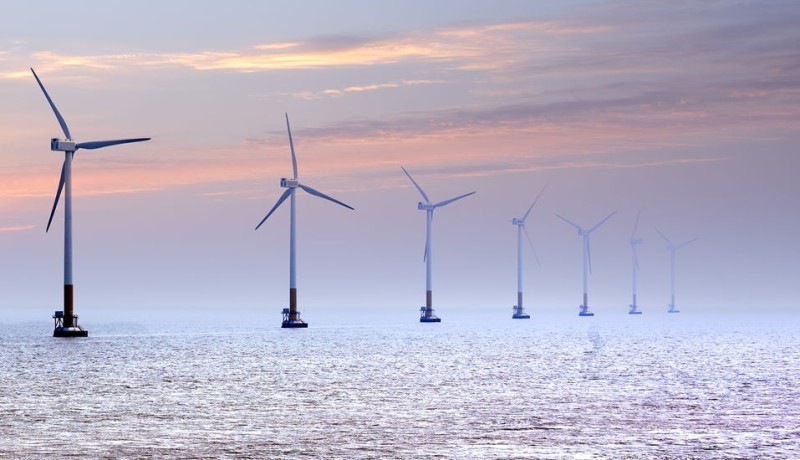Wind energy can be cheaper
on

Despite the recent growth, there is still plenty of scope for cost reductions in wind energy. This stated prof. dr. Simon Watson in his inaugural speech at the TU Delft. Watson is the successor of standard bearer Gijs van Kuik as professor of Wind Energy Systems in Delft.
‘Wind energy has experienced exceptional growth in the past 30 years’, he says. ‘Europe in particular has embraced wind energy; in the first half of 2017, 11.5% of the electricity demand in the EU was covered by wind energy.’ In the more densely populated regions, such as the Netherlands, there is a trend of more wind energy at sea. The first off-shore wind farms were much more expensive than their cousins on land, but more recently a number of parties have made proposals for the construction of off-shore wind farms that have price tags that no longer require public subsidies.
Innovations
Whether this development will continue will depend on a number of future innovations in the wind energy sector, says Watson. These innovations are crucial for the further growth of wind energy (wind is still only good for a very small part of the world energy demand, between 1 and 2 %). But according to Watson there is still plenty of opportunity for cost reductions and innovation. ‘For example, wind conditions. Advanced statistics and modelling techniques can be used to better understand the potentially complex wind situations that could reduce the performance and longevity of wind turbines.
Integration
Operation and maintenance are good for nearly a third of the costs of off-shore wind energy. The smart use of data from turbine sensors and advanced modelling techniques could be used to be more pro-active and predictive about maintenance, the key to cost-effective operation of wind turbines.
Another crucial aspect is integration. Because wind energy is supplying an ever increasing part of the electricity demand of Europe, the variability of the wind supply is becoming a bigger challenge for researchers. They have to develop methods for integrating the power from off-shore wind farms into the transmission networks through interconnects, demand response and energy storage.


Discussion (0 comments)